10 Legendary Makers of Arts and Crafts Furniture to Know About
The Arts and Crafts movement revolutionized furniture design by prioritizing handcrafted quality and rejecting mass production. Influential designers from this era focused on creating functional yet beautiful pieces that showcased natural materials and skilled craftsmanship. Their work continues to inspire modern furniture makers and collectors alike. In this article, we explore the lives and contributions of notable figures who helped shape this iconic style, emphasizing their commitment to artistry and authenticity.
This post may contain affiliate links, which helps keep this content free. Please read our disclosure for more info.
William Morris
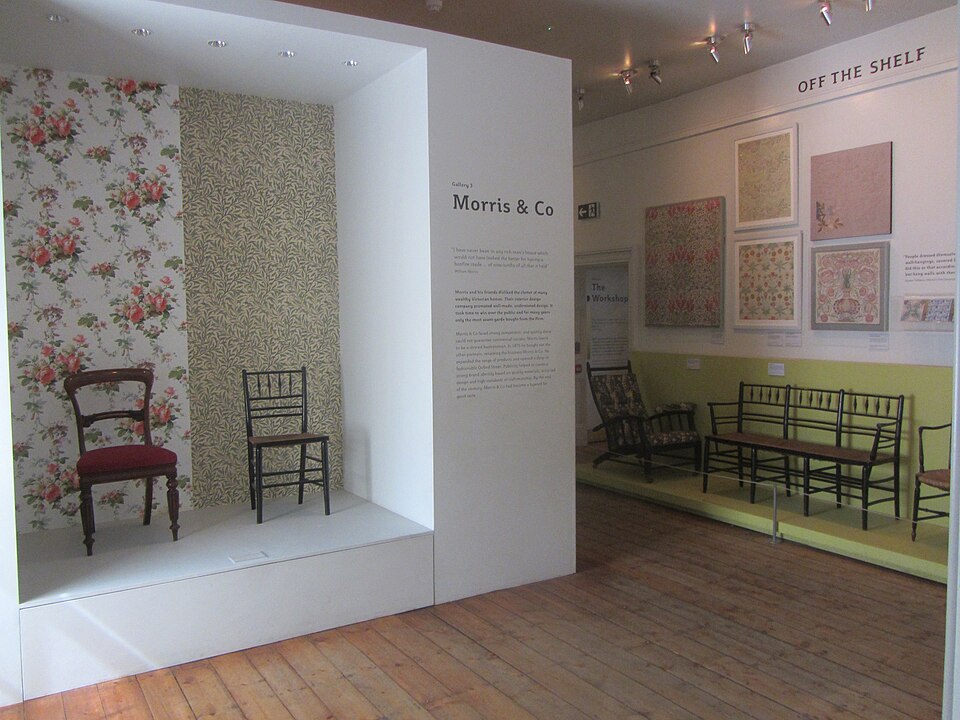
William Morris was not just a furniture designer but a pioneer of the Arts and Crafts movement. He believed in the intrinsic value of handcrafted objects, which led him to design furniture, textiles, and wallpapers with a focus on natural beauty and quality. His designs were inspired by medieval styles and natural elements, emphasizing simplicity, functionality, and the importance of materials. Morris’s workshop, Morris & Co., became an influential force, producing products that were both artistically rich and practical. His rejection of mass production was revolutionary at the time and served as a counterpoint to the growing industrial age, advocating for a return to craftsmanship and an appreciation for the artistry of everyday objects.
Morris’s work and his teachings impacted not only furniture but the entire design landscape of his era. His belief in the fusion of art and functionality pushed back against the disposable nature of mass-produced goods. His legacy is still felt today, as his designs continue to be regarded as timeless examples of aesthetic beauty combined with utility. Morris’s commitment to producing high-quality, handcrafted furniture helped lay the foundation for the Arts and Crafts movement’s emphasis on artisanal work.
Charles Rennie Mackintosh

Charles Rennie Mackintosh’s contribution to the Arts and Crafts movement was marked by a distinctive style that blended the movement’s ideals with influences from Art Nouveau. As an architect and designer, Mackintosh’s furniture was minimalistic yet elegant, often featuring simple, geometric shapes and bold lines. His designs eschewed unnecessary ornamentation, focusing instead on the beauty of form and the thoughtful use of space. Mackintosh’s work stood out for its combination of practicality with artistic flair, and his ability to create harmony between functional furniture and its surrounding architecture was a hallmark of his work.
Mackintosh’s pieces often incorporated floral and abstract motifs, making them stand out from traditional Arts and Crafts designs. His work at the Glasgow School of Art, where he designed both the building and its interior furniture, remains one of his greatest achievements. His furniture designs, including chairs, tables, and cabinets, are characterized by their clean lines, subtle curves, and attention to detail. This unique approach helped Mackintosh carve out a niche within the broader Arts and Crafts movement, influencing later developments in modern design.
Gustav Stickley
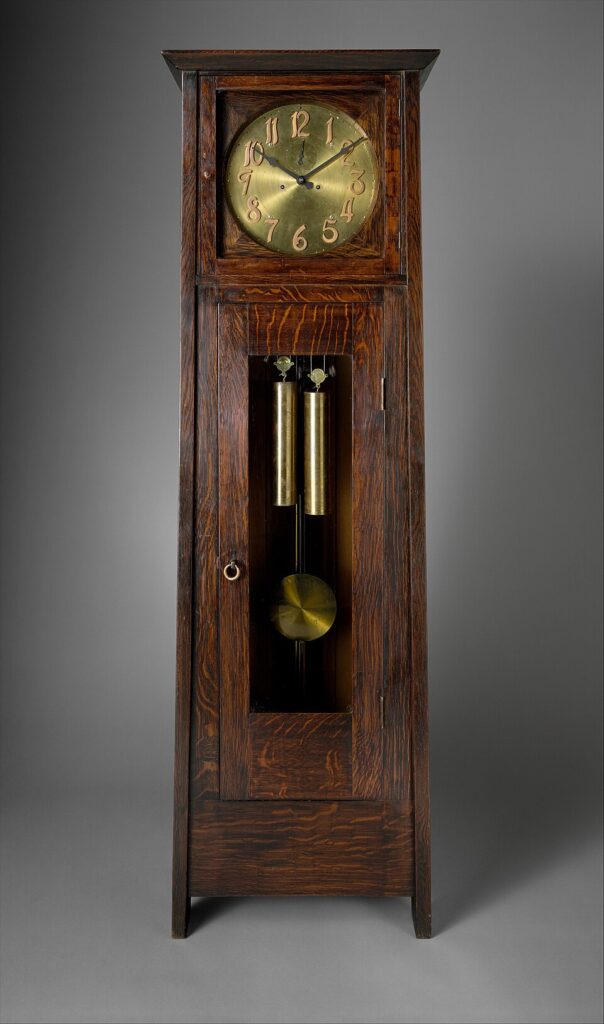
Gustav Stickley is perhaps the most recognized name associated with the American Arts and Crafts movement. His focus on simplicity and craftsmanship led to the development of the Craftsman style, a design aesthetic that emphasized solid, unembellished materials, particularly oak. Stickley’s furniture designs were straightforward yet elegant, with visible joints and unpolished surfaces that highlighted the handmade nature of each piece. His use of sturdy wood, such as quarter-sawn oak, became a defining characteristic of Craftsman furniture, and his work continues to be synonymous with the movement’s ideals.
Stickley’s commitment to quality craftsmanship and functional design was evident in the furniture produced by his company, the Stickley Furniture Company. He rejected mass production techniques in favor of artisanal methods, ensuring that each piece was meticulously crafted to withstand the test of time. His vision of bringing handcrafted, durable, and aesthetically pleasing furniture to the American middle class helped solidify the Arts and Crafts movement’s relevance in the United States, leaving a lasting legacy on American design.
Elbert Hubbard
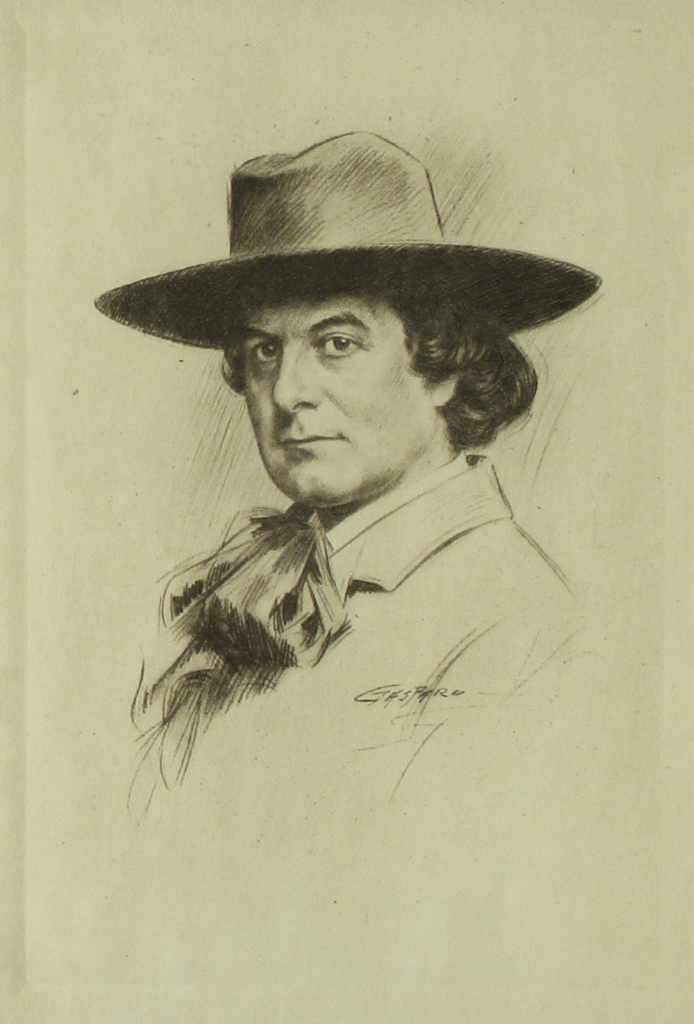
Elbert Hubbard was a major figure in the American Arts and Crafts movement, best known for founding the Roycroft community in East Aurora, New York. The Roycroft community was a cooperative of artisans who produced handmade furniture, books, and other decorative items. Hubbard’s emphasis on the importance of craftsmanship and individuality was reflected in every piece of Roycroft furniture. His designs were simple yet elegant, focusing on natural materials and detailed woodwork. Hubbard believed that the act of creating something by hand was not only a form of artistic expression but also a way to reconnect with the values of craftsmanship that were being lost in the industrial age.
Roycroft became a center for Arts and Crafts furniture production, and Hubbard’s influence helped spread the movement throughout the United States. The community’s artisans were trained in traditional techniques, producing furniture that was both functional and beautiful. Hubbard’s work, characterized by its clean lines and understated decoration, rejected mass production and emphasized the personal connection between the maker and the object. His commitment to handcraftsmanship and his promotion of the Roycroft ideals had a lasting impact on the American Arts and Crafts movement.
Arthur J. Stone

Arthur J. Stone was a key figure in the American Arts and Crafts movement, particularly known for his work in silver and metal furniture. His pieces were characterized by their simple forms, sturdy construction, and functional beauty. Stone was an advocate for the use of traditional handcraft techniques, and his furniture designs often featured hammered metal and detailed inlays. His work reflected the movement’s rejection of mass production and the industrialization of the arts, and his pieces continue to be celebrated for their craftsmanship and attention to detail.
Stone’s work in metal furniture and silverware helped bring a new dimension to the Arts and Crafts movement, and his influence extended to other designers who worked in metal. His commitment to handcrafted quality and his emphasis on form and function were central to his work, and his legacy continues to inspire artisans working in metal today.
C.F.A. Voysey
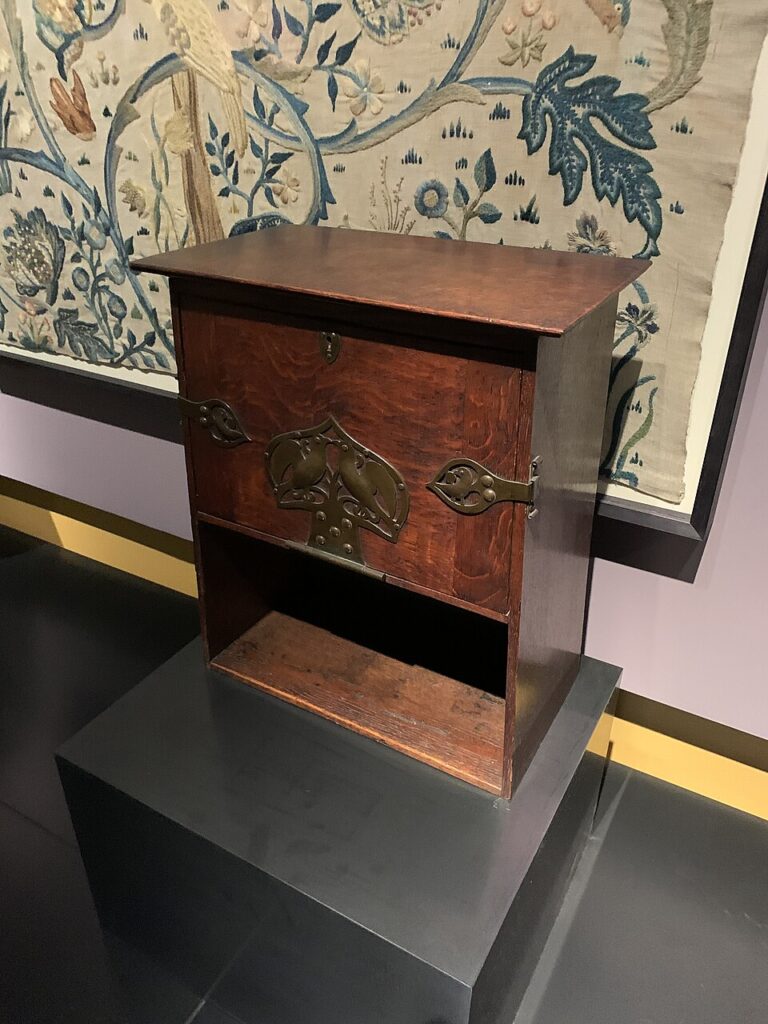
C.F.A. Voysey was a British architect and designer known for his influential work in the Arts and Crafts movement. His designs were characterized by simplicity, geometric shapes, and a deep connection to nature. Voysey’s furniture often featured clean lines, simple forms, and an emphasis on the natural beauty of wood. His work rejected the ornate and decorative styles of the Victorian era, embracing a more streamlined and functional approach. Voysey was deeply committed to producing objects that were both beautiful and practical, and his work was a reflection of his belief that design should enhance the quality of life.
Voysey’s influence extended beyond furniture design. He was also a highly regarded architect, known for his ability to integrate his furniture designs with the architecture of the buildings he worked on. His furniture and architecture shared a similar aesthetic, focusing on the harmonious relationship between form and function. Voysey’s approach to design had a lasting impact on the Arts and Crafts movement, and his work continues to be admired for its clarity of vision and commitment to simplicity and quality.
Frank Lloyd Wright
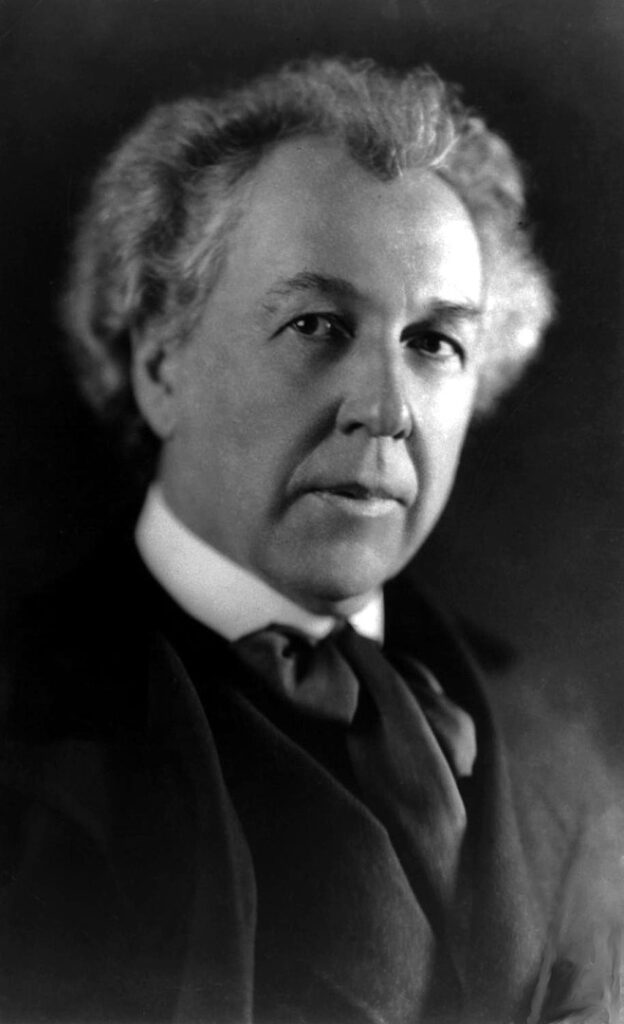
Frank Lloyd Wright, an American architect and designer, is well-known for his contributions to modern architecture, but his work in furniture design also helped shape the Arts and Crafts movement. Wright’s furniture designs emphasized clean lines, geometric forms, and the use of natural materials, in keeping with the principles of the Arts and Crafts movement. He believed that architecture and furniture should be integrated, and many of his furniture designs were intended to complement his buildings. Wright’s furniture was designed to be functional, with a strong emphasis on comfort and craftsmanship, reflecting his belief in the importance of human-centered design.
Wright’s furniture was often innovative, with many pieces featuring unconventional designs and materials. His use of organic forms and his emphasis on integrating furniture with the architecture of the space set his work apart from that of other Arts and Crafts designers. His designs were grounded in the idea that furniture should be both functional and beautiful, and his work continues to influence furniture design today. Wright’s contributions to the Arts and Crafts movement are an essential part of his broader legacy as one of the most influential designers of the 20th century.
William Morris Hunt
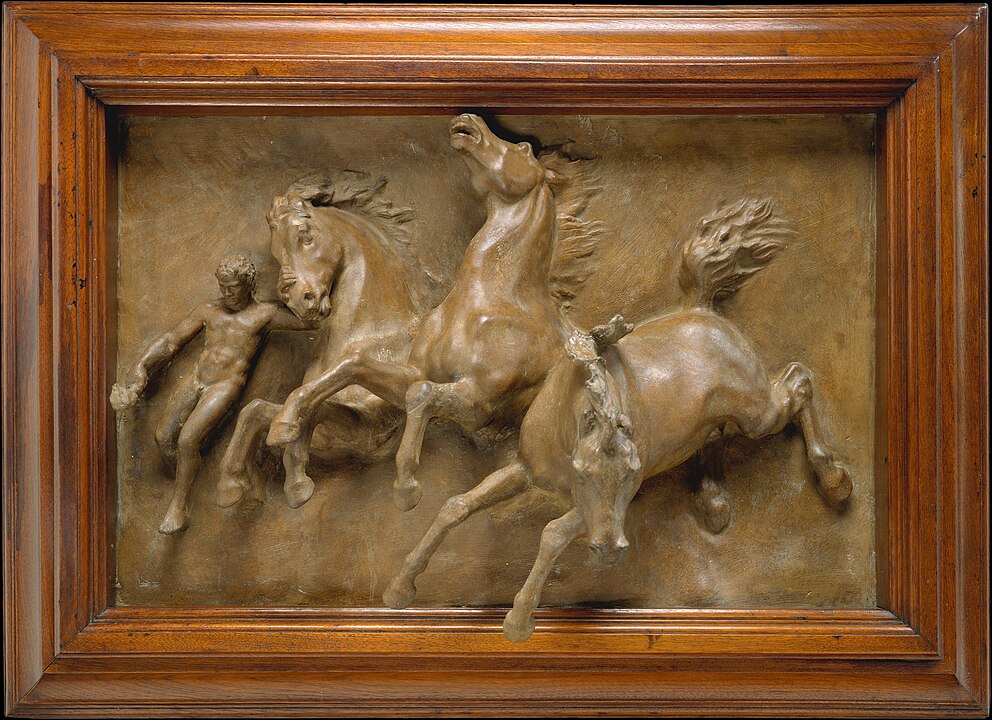
William Morris Hunt was an American artist and teacher whose work in the Arts and Crafts movement was centered on the integration of fine art and design. Hunt’s furniture designs were inspired by the European Arts and Crafts movement, and he worked to bring these ideas to America. His pieces often incorporated elements of nature and were designed to be both functional and aesthetically pleasing. Hunt’s approach to design emphasized the importance of quality materials and craftsmanship, and his work was an important part of the development of the American Arts and Crafts movement.
Hunt was also known for his role as a teacher, helping to educate a new generation of designers and craftsmen. His emphasis on the connection between art and craft helped shape the American interpretation of the Arts and Crafts movement, and his work continues to be admired for its thoughtful integration of art and function.
Bernard Leach
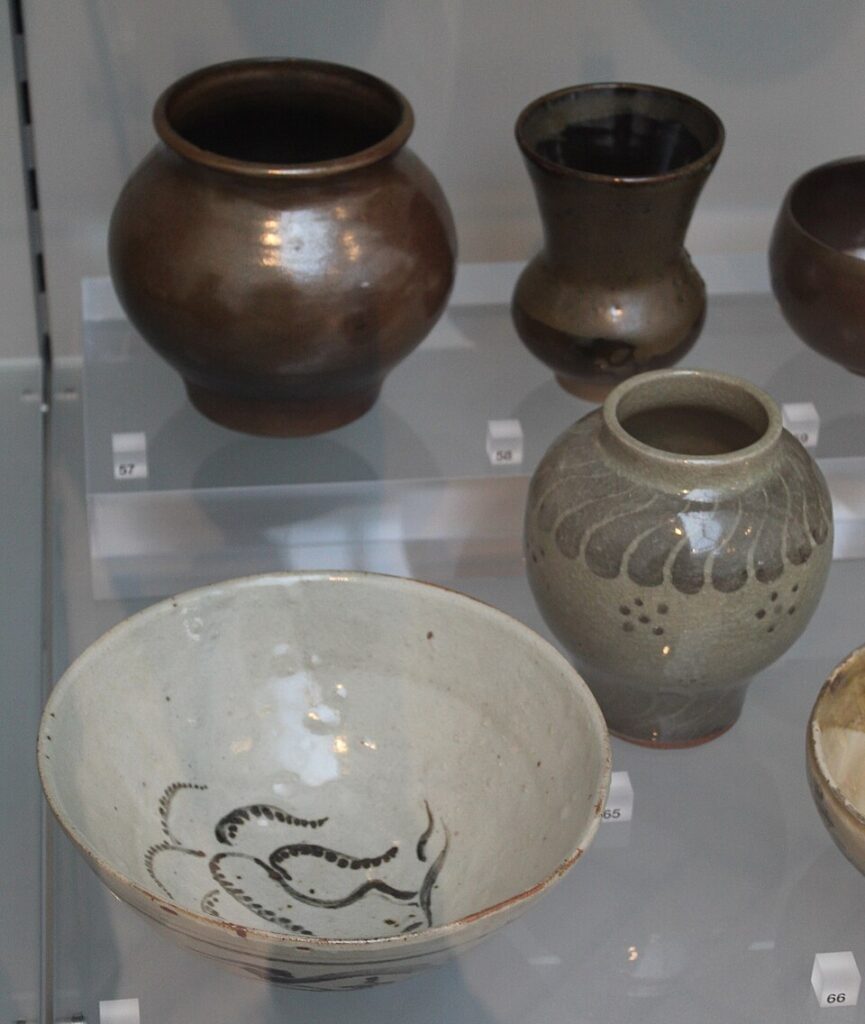
Bernard Leach was a British-born potter who became one of the most significant figures in the Arts and Crafts movement. He is often referred to as the father of British studio pottery, and his work in ceramics was deeply influenced by the ideals of craftsmanship and simplicity that defined the movement. Leach’s pottery was functional yet beautiful, with a focus on the use of natural materials and traditional techniques. His designs rejected the mass production of ceramics in favor of handmade, one-of-a-kind pieces that reflected the artist’s skill and vision.
Leach’s work was not confined to pottery; he also designed furniture that reflected the same principles of craftsmanship and natural beauty. His furniture often incorporated traditional woodworking techniques, and his designs were marked by their simplicity and functionality. Leach’s commitment to the ideals of the Arts and Crafts movement made him a key figure in the development of British studio pottery and furniture design, and his influence continues to be felt today in the work of modern craftspeople.
Margaret Macdonald Mackintosh
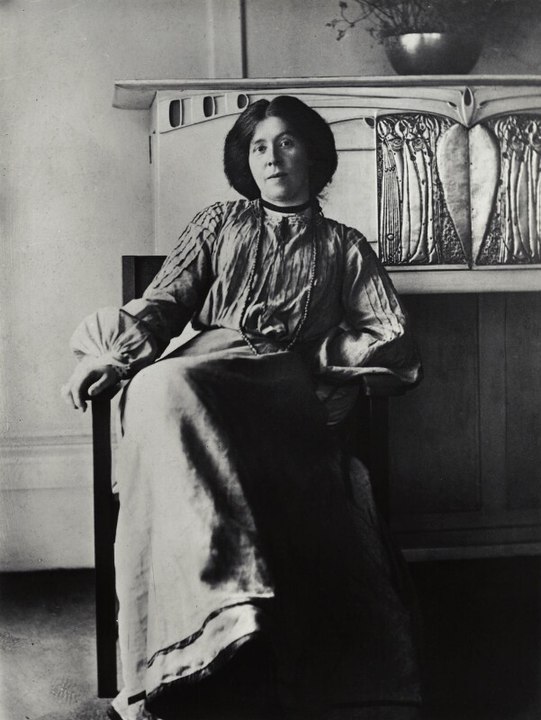
Margaret Macdonald Mackintosh, wife of Charles Rennie Mackintosh, was an influential figure in the Arts and Crafts movement, known for her decorative arts and furniture designs. Her work was characterized by intricate detailing, delicate lines, and a focus on natural forms. Macdonald Mackintosh’s designs were often symbolic and drew heavily from the Arts and Crafts movement’s love of nature and handcrafted quality. Her work, including her furniture designs, was integral to the overall aesthetic of the Mackintosh studio, and her pieces remain highly regarded for their artistic beauty.
Macdonald Mackintosh’s work in furniture design was innovative, and she was known for her use of stained glass, metalwork, and wood. She brought a distinctive style to her pieces, incorporating elements of symbolism and organic forms. Her contributions to the Arts and Crafts movement helped shape the direction of design in early 20th-century Britain, and her influence can still be seen in the work of contemporary designers.
This article originally appeared on Avocadu.
